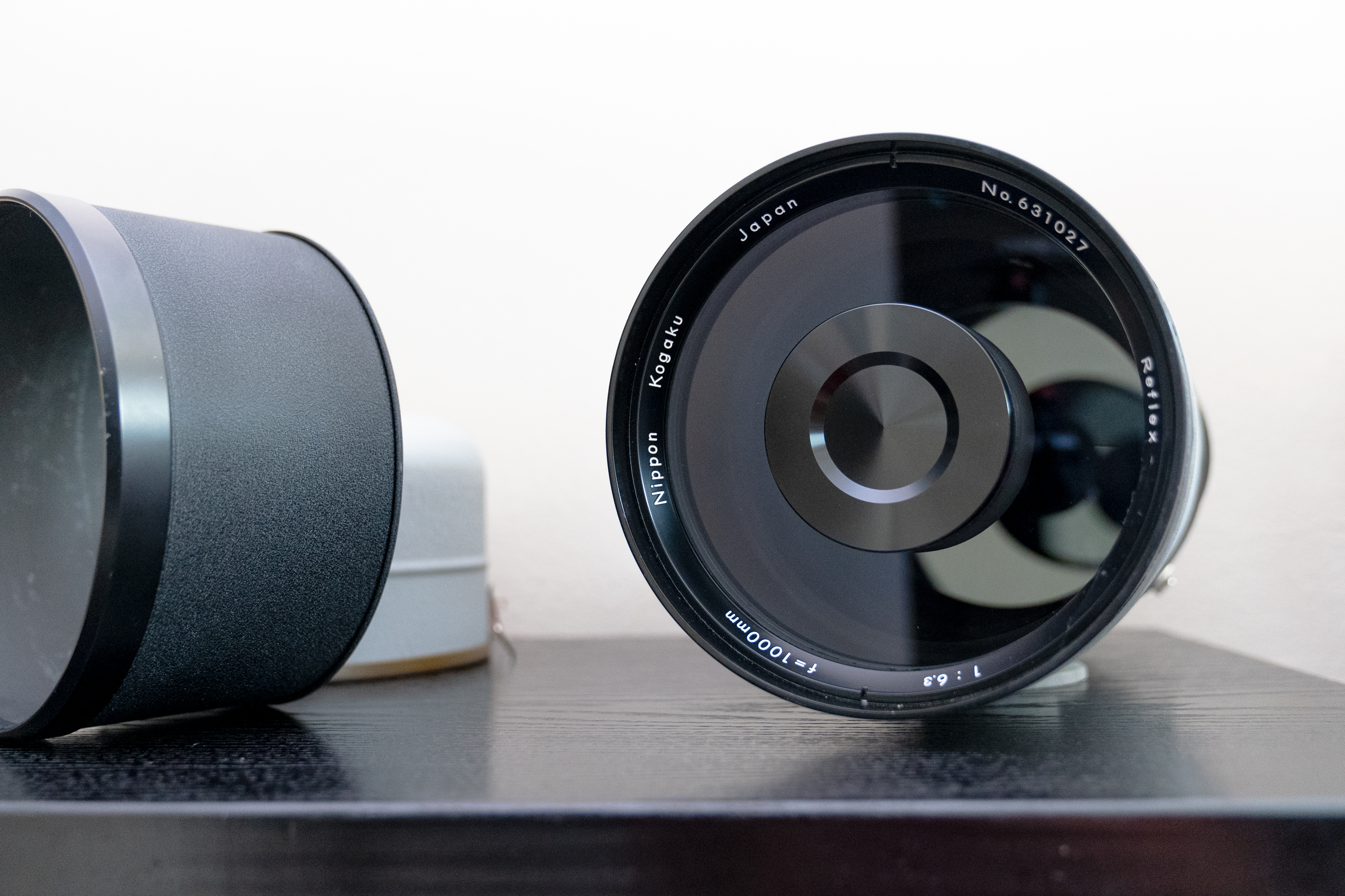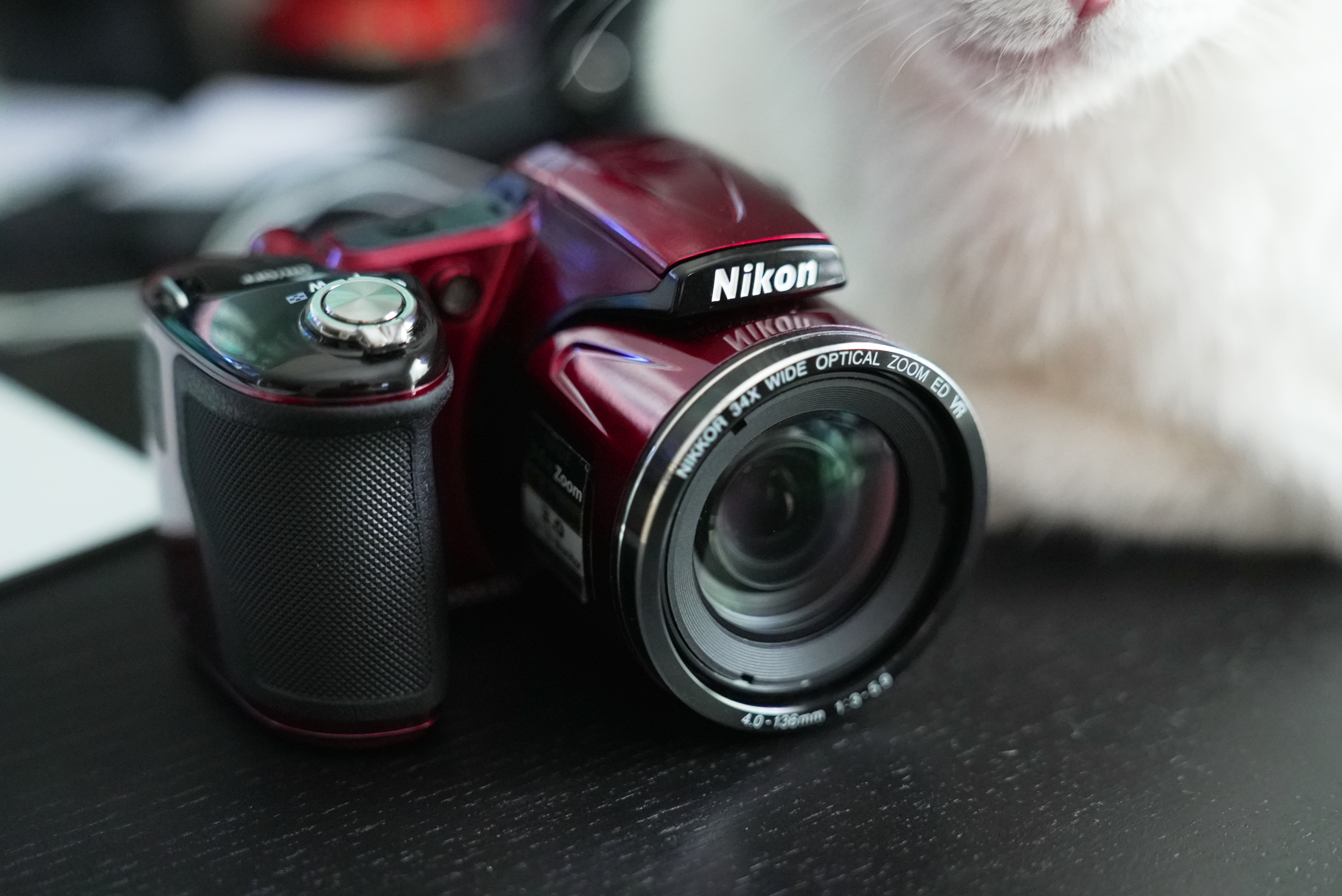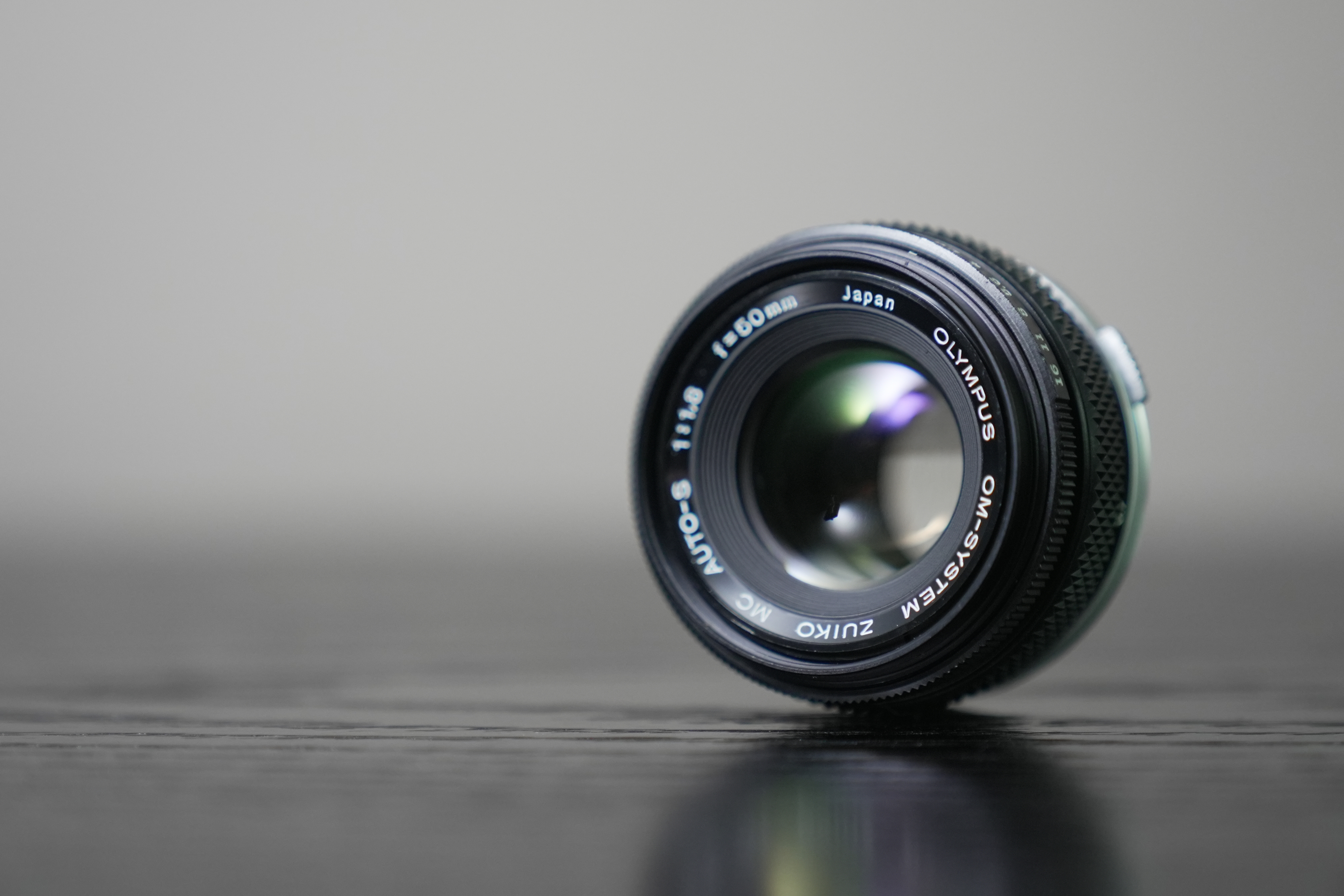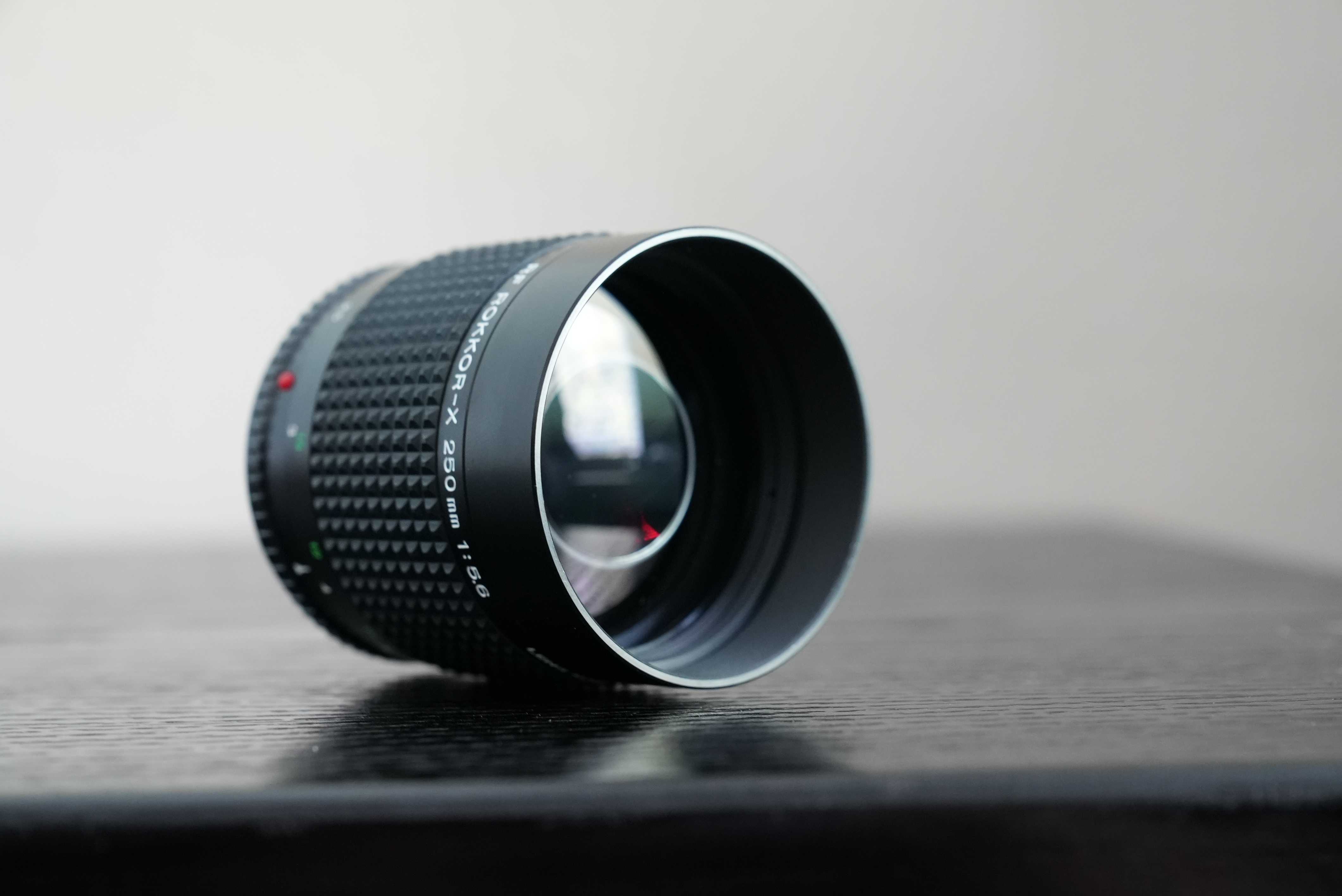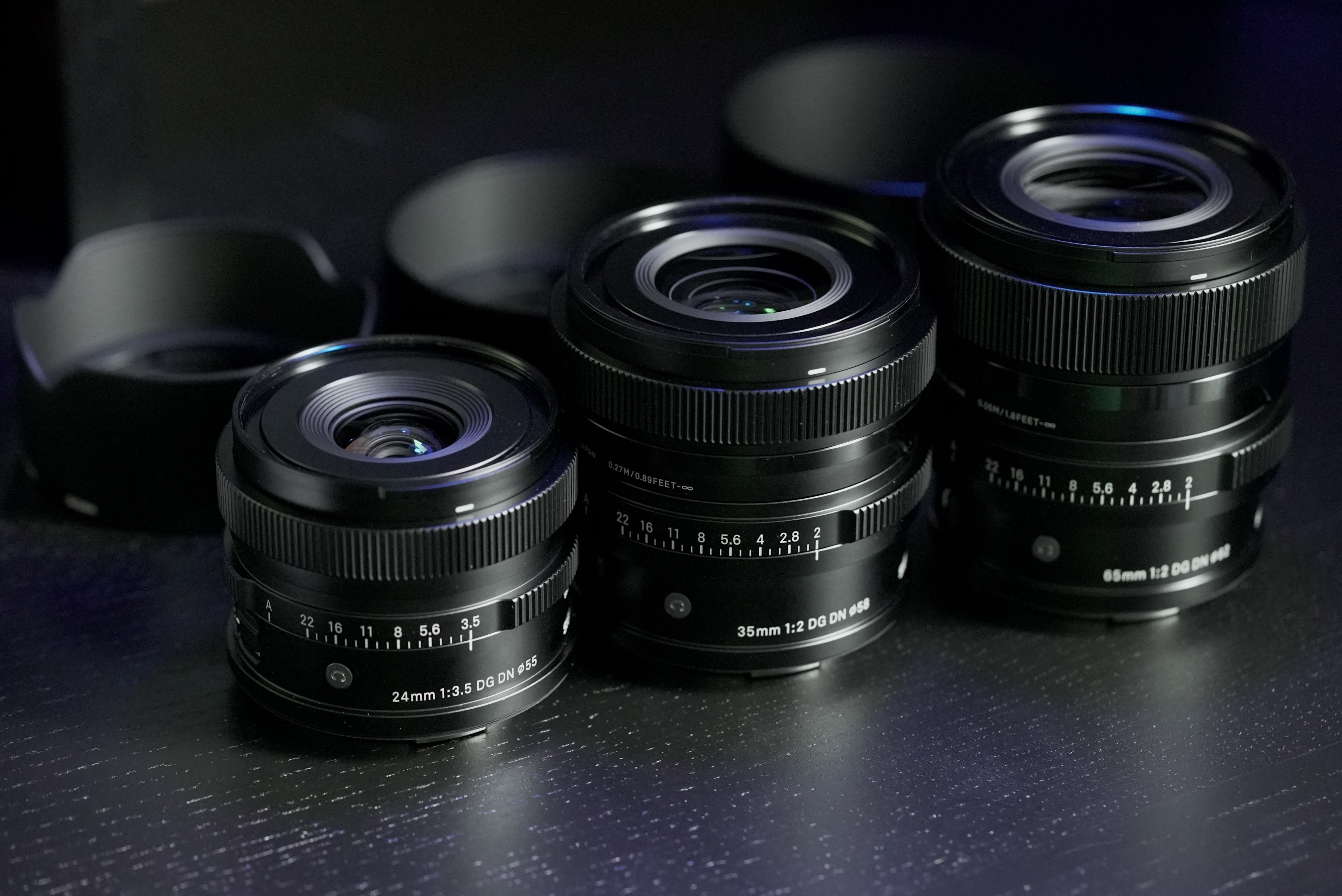
The photography company known as Sigma has been consistently keeping Canon, Nikon and Sony on their toes for the past few years. In the past, I’ve gone on and on about how much I love their ART series of lenses. The first third-party lens I owned was a Sigma 17-50mm f/2.8 for Canon EF before they changed up their styling and split their lenses into the Art, Contemporary and Sport lines. Heck, I even pined over their small but powerful fp camera in July 2020 in a camera-review-turned-love-letter.
Yes, it seems that the folks at Sigma tend to have their ears to the ground when it comes to what the photo community is lacking at any given moment in time. When the photo community wanted performance, they released their ART lenses for every modern mount under the sun. These large, heavy lenses provide stunning sharpness with huge apertures at a bargain price point. Often times, these lenses can outperform their first-party counterparts, although they may be a bit too bulky for some.
Now that many users find themselves switching to mirrorless bodies, Sigma has continued to expand their lineup of full frame mirrorless lenses to go along. Their 35mm f/1.2 ART is a stunner regardless of your budget that’s available for Sony E mount or the Sigma/Panasonic/Leica L-mount. However, that hulking performance beast is not small or light.
That’s where Sigma’s new I Series prime lenses come in.

First Impressions
These lenses are both small and light! They also accomplish both of those feats without sacrificing build quality or optical performance. As of the writing of this article, Sigma has released four of these compact prime full frame mirrorless lenses for their ‘C’ or CONTEMPORARY line as opposed to their ‘A’ or ART line.
The new I series of lenses is something of a subgroup of their C lineup. According to Sigma’s introductory website, the ‘I’ represents the trio of concepts of ‘Identity’, ‘Iconic’, and ‘Instinctive.’
Sure, why not? Yeah, it’s a bit of a reach. Ask our Creative Director sometime how he feels about the absurdity of modern-day camera naming conventions.
Their 45mm f/2.8 was the primary lens I had used for my previous review of the Sigma fp camera. I’ll admit that at first, I felt underwhelmed by the stats on paper. I thought that 45mm was a bit strange for a focal length that wasn’t a pancake although it was very compact. I also thought that f/2.8 wasn’t particularly large for an aperture. Why grab this when I could grab a 50mm f/1.8?
However, once I started shooting with it, I found the images to be very pleasing, with an almost cinematic quality to each. Sure, the depth of field wasn’t wickedly shallow but the out-of-focus areas seemed to melt away without causing any distraction from the main subject of the image.
So when I was given the chance to test out the newly-released 24mm f/3.5, 35mm f/2, and 65mm f/2 in the same lineup, there wasn’t a glimpse of hesitation from me.
The Lenses In-hand
They are gorgeous. If you haven’t used a Sigma lens in a while, now is the time to give it a shot. Given the similarities of each lens in the I lineup, I’ll speak about them first as a whole.
With a fully-metal build quality that’s reminiscent of the Zeiss Loxia lenses, the Sony 90mm Macro G or perhaps the Fujifilm compact primes, these lenses absolutely feel like they were built with purpose. Turning each one over in your hand, it’s clear that a great deal of effort was put into the tactile design of this line.
Every precisely-machined nook and cranny of these lenses feel high-quality. Contrasting brushed matte and glossy black surface treatments give each lens a mechanical, industrial appearance.

The focus ring and aperture ring both are very smooth but not loose, featuring a pleasant resistance that’s quite unlike the ‘spinny’ feeling of some earlier focus-by-wire lenses. Both of these control rings are electronically paired with the lens instead of physically changing the settings so if you’re adamantly against focus-by-wire, I’ve got to suggest looking elsewhere.
However, like I mentioned, the focus and aperture rings feel quite nice in the hand, with efficient metal teeth that are shallow enough not to bite, but deep enough to feel like your fingers won’t slip. The focus wheel has a significantly long throw, making it easy to fine-tune when operating manually. The matching aperture ring clicks into place at every third of a stop from wide open to f/22, and then over to A for camera-controlled adjustments. Even the final clicks at the extreme ends of the ring have a different sort of clack to them for confirmation.
Yes, even the lens hoods are made of lightweight metal, providing adequate protection and preventing stray light from entering the front of the lens. The interior features a series of matte grooves to eliminate reflections and the exterior knurling matches the look of the focus and aperture rings perfectly. They are also reversible for transport.
There’s a fairly large switch on each lens for Manual or Autofocus operation as well.
Perhaps the most interesting physical feature of these lenses, though, is the included magnetic lens caps. These pop on and off the front of each of the three newer lenses without having to squeeze any flimsy plastic triggers together or fiddle with the correct placement of filter threads.

At first, I was a little concerned with bringing another piece of metal so close to the front glass elements of these lenses, but the front element of the 35mm and 65mm are actually concave and the glass of all three are recessed into the front of the lens. An accidental ‘clink’ of metal against the front glass of your lens could be possible when putting the cap on, but seems incredibly unlikely to happen unless you’re exceptionally careless.
These lenses also come with the standard plastic squeezy lens caps that you may prefer if you’re a frequent screw-on filter user or don’t want to take the risk of putting another piece of metal so close to your glass, but they’re just so dang cool that I can’t imagine using these lenses without them. No amount of jostle or shake was able to knock them loose accidentally, but they were never difficult to purposefully remove, either.
For these test images, I began with the 24mm on the Sigma fp, then bumped up my resolution to 47.3 megapixels with a Panasonic S1R for the 35mm and 65mm. Focus speed saw a marked improvement on the S1R when compared to the Sigma fp, but that’s telling of the camera performance, not the lenses themselves.
24mm f/3.5 DG DN
Unfortunately, I wasn’t able to make it to any breathtaking mountaintop vistas or awe-inspiring skylines to test the widest of the three lenses. However, the 24mm was capable of impressing me nonetheless.
On a short hike, I found that it makes for an incredibly versatile walkaround lens. It’s wide enough to take in the entire scene but still allows you to zero in on smaller details with a hidden feature. While not marketed as such, the incredibly short minimum focal distance (4.25 inches!) of the 24mm makes it an effective Macro alternative. This comes in handy if you want to get a shallow depth of field but you feel limited by the relatively small f/3.5 aperture.





35mm f/2 DG DN
The 35mm f/2, like any other 35mm makes a great everyday, all-purpose lens. Slightly wider than a nifty fifty, this length seems to be slowly becoming a crowd favorite for street photography. Some users swear the 35mm is the lens that never leaves their camera body.
This lens is sharp, with that same meltaway bokeh as the 24mm and 45mm. There’s also a hint of circular distortion to the bokeh like you might find in a Helios lens that draws the viewer’s attention to the center. As you can see below, these lenses deal well with flares and are capable of producing tremendous sun stars. It’s true there is a bit of onion-ring shape in the single bokeh ball in image four, but I certainly wouldn’t say that it spoils the look.





65mm f/2 DG DN
A bit short to be your go-to portrait lens, this focal length may be a bit unorthodox but it pairs quite nicely with the wider lenses for a bit of extra flexibility. As long as you don’t plan on shooting anything more dangerous than Canadian geese, you should be able to get close enough to give your subject some separation from the background.





Final Thoughts
These are modern digital lenses with vintage manual personality. The build quality is far above what you’ve come to expect from lenses in the same price range. All of the autofocus and video tracking features work as expected, quickly and quietly although not completely silent.
These lenses look similar to the classic analog lenses of yesteryear, both in design and image quality. They aren’t clinically perfect but they’ll give your photos a pop of character that’s easy on the eyes. Some shooters will certainly appreciate the departure from the sterile look of some other modern lenses.
While the aperture performance may not shock you or give you night vision, these lenses really aren’t built for that. They seem to be made for shooters who love mechanical designs and those who appreciate the quality of shooting with manual lenses but don’t want to lose the convenience of autofocus.
In short, they’re durable, compact primes with unique character that look great at a buyer-friendly price. What’s not to love?

